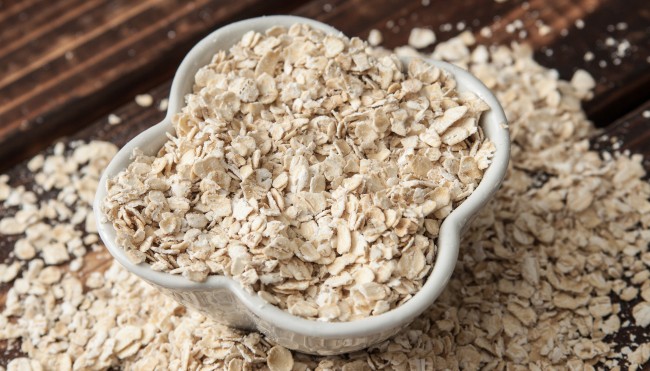How to Read the Nutrition Facts Label: 4 Steps
We've all noticed the black-and-white Nutrition Facts label on packaged foods. Maybe we are trying to make a little more health-conscious, we are at the supermarket, just sort of understanding how to decide which food is better for us. However, most of us prefer the food facts label because it does not interest us, or because we think the less we know, the more we will enjoy the food.
To promote a better understanding of the nutritional facts label, the Food and Drug Association (FDA) has identified four simple steps to follow.
Note, however, that it is not about categorizing the numbers on the label as "good" or "bad", which is why you will see an additional note to keep in mind your understanding of the nutrition facts label.
1. Read the Calories
The simple story: Calories are a measure of how much energy there is in a given serving or serving a specific food.
According to the FDA, the general guide to reading and following is the following:
- 40 Calories i s low
- 100 Calories is moderate
- 400 Calories or more is high
The guidelines recommend that you choose foods lower in calories over foods higher in calories.
The real story: Calories are not "bad" or something to be avoided, necessarily. We need calories for our bodies to sustain themselves. The problem is when you consume more than you need to sustain a healthy weight.
How many calories are too many calories? This is different for everyone. It depends on your sex, age, weight, physical activity and overall health (you can find out your actual calorie needs here ). For all intents and purposes, though, the FDA has determined average calorie needs to be 2000 per day.
There is another potential problem with the simplified version of the story. I may choose a food because it is low in calories, but it might be healthy in vitamins and minerals that make healthy foods. These are called "empty calories." A food may be higher in calories, but it may be full of important vitamins and minerals.
2. Serving Size and Servings By Container
The simple story: Read the serving size and how much you should eat in one sitting. So, find out how many services are in one package. Try to limit yourself to eating one serving.
The real story: If you've ever looked at the serving sizes and the number of servings on food packages, you probably know they sometimes just do not make any sense for the average consumer.
When serving sizes are in grams, it's hard to estimate just what you should eat (unless you carry around a pocket scale). The servings per package are helpful, but it can also be deceiving, or even unrealistic.
For example, if you buy a can soda and read the servings by container, it might say 1.5, 2, or even 3. However, it may be closed. So why do you put more servings in the can than you drink in one sitting? The answer is usually because it makes the drink look lighter than it actually is. That's 50 calories per serving. "Bath!" and the next thing you know you've gulped down 150 empty calories.
3. Choose Nutrients Wisely
The simple story: The FDA recommends you limit fat, trans fat, cholesterol, and sodium because they could increase your risk of a range of chronic diseases like high blood pressure, heart and circulatory issues, and even cancer. Look for lower percent daily value (% DV) on these.
The FDA wants you to make sure you look more vitamin A, vitamin C, calcium, iron, and dietary fiber. These nutrients help to reduce the risk of a chronic illness, like osteoporosis and cancer, and help to promote healthy bowel function, vision, and circulation.
The real story: Foods may contain some nutrients not listed, meaning they just show low values in those nutrients, it does not mean they do not contain other important nutrients.
For example, if you look at the basic nutrition facts for you, they are vitamin C, A, or or calcium, they are actually containing significant amounts of folate and manganese, two important minerals for normal brain function and cell health,
Additionally, recent research shows that the general recommendation to "avoid fat". For this reason, it is important to differentiate between different types of fat. Saturated fat may cause cause circulatory illnesses, while monounsaturated and polyunsaturated fat which is beneficial for your heart and brain, and may even benefit weight control.
4. Use Daily Value to Compare Foods
The simple story: For the "good" nutrients, like vitamins, minerals, and fiber you want to look at for higher percentages daily value (% DV). Look for lower percent daily value (% DV) on these.
The real story: While the% DV allow you to compare between foods, the percentages are based on a person with a 2000 calorie energy requirement, with no special nutritional needs.
So, the% DV comes from recommended daily intake data from the 1960s and has been updated for other uses.
Have you found any foods with outrageous nutrition facts? Tell us about it in the comments below!





